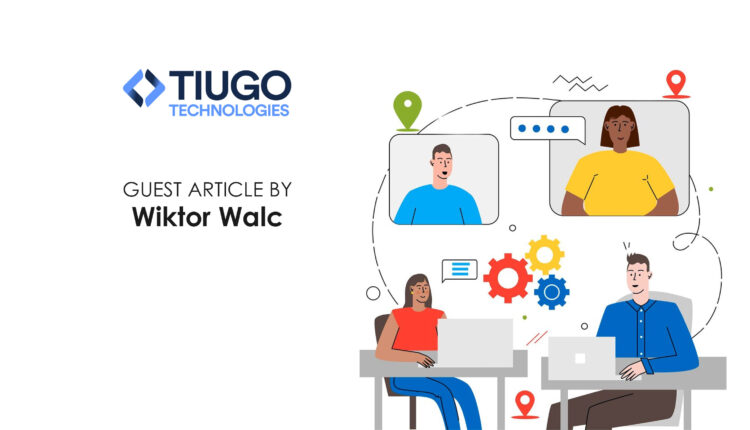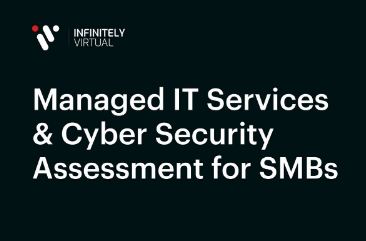
3 reasons why digital transformation is key to the future sustainability of medical care
Building resilience in Malaysia’s healthcare system
3 reasons why digital transformation is key to the future sustainability of medical care
To ensure resilience of the healthcare system, the Ministry of Health has turned to digital transformation, launching the Malaysian Health Transformation Initiative in 2017.9 Related projects include the ‘Replacement Through Maintenance’ Initiative to upgrade medical technology tools, 10 building a national electronic database for patient health records with the Malaysian Health Data Warehouse (MyHDW), 11 and funding research and development of virtual health applications through the establishment of the Microsoft-CREST Health Innovation Hub. 12 Together, these projects exemplify 3 broad ways in which digital transformation is key to supporting the future sustainability of healthcare organisations and their delivery of medical care.
Boosting healthcare productivity through digital technology and automation
The adoption of digital technologies can help healthcare providers better manage rising medical costs by enhancing labour productivity. For example, RFID tagging of various medical equipment – such as defibrillators, patient monitors, stretchers – can help make their logistical management simpler and faster.13 Medical software can also help automate tedious operational tasks, such as medical transcription and data entry, which are prone to human errors.14 All these digital tools help healthcare professionals focus on caring for an increasing number of patients more effectively.
Improving the quality of medical care through data analytics and interoperability
Digitalisation can also support the delivery of better healthcare. For example, the creation of a centralised database of comprehensive patient records that isMyHDW allows both public and private sector physicians to reference a common, trusted source of truth as well as leverage medical data analytics to better evaluate their patients’ conditions and formulate more informed diagnoses.15 Additionally, the emergence of the Internet of Things (IoT), has also enabled a shift from largely clinician-centric to more patientcentred healthcare. Doctors can now rope in their patients to take greater charge in monitoring their own medical conditions – from heart rate measurements, blood glucose readings to eye refraction testing – through the use of medical diagnostics applications installed on their personal digital devices and wearables.
The introduction of telemedicine and other virtual health applications also help expands medical coverage to less connected geographical regions, such as isolated kampongs across rural Malaysia.16 As broadband infrastructure and internet penetration continues to stretch beyond 70% of all households in Malaysia,13 an increasing number of patients living in remote areas will soon be able to receive medical help digitally, when travelling to distant medical facilities is not feasible.
Challenges to digitally transforming healthcare
Concerns about data privacy and security of confidential patient data are a leading challenge to the adoption of digital technologies in medical settings.17 But healthcare providers can overcome this challenge by ensuring dedicated organisational policies and staff protocols for handling patient data are developed and enforced, as well as choosing digital tools and computing equipment that are equipped with robust security features, such as data encryption and real-time malware threat protection.
Additionally, digital tools that are introduced into healthcare workflows must also be suited for use in clinical environments. User authentication features on various devices must balance security with speed, to allow for quick access to important data or procedures in medical emergencies. More practically, electronic devices introduced into healthcare environments should be able to withstand thorough sanitisation procedures without damage – as electronic devices are known to be common areas for pathogenic bacteria contamination18-21 – so as to ensure they do not become vectors of undetected transmission in sterile environments.
Medical and computing devices optimised for healthcare workflows
From PCs to surgical displays to multifunction printers, HP has been a leading developer of IT hardware that is purpose-built for healthcare providers. HP Healthcare Edition products are designed to protect patient safety, bolster data security, and support better care coordination
Trending News














